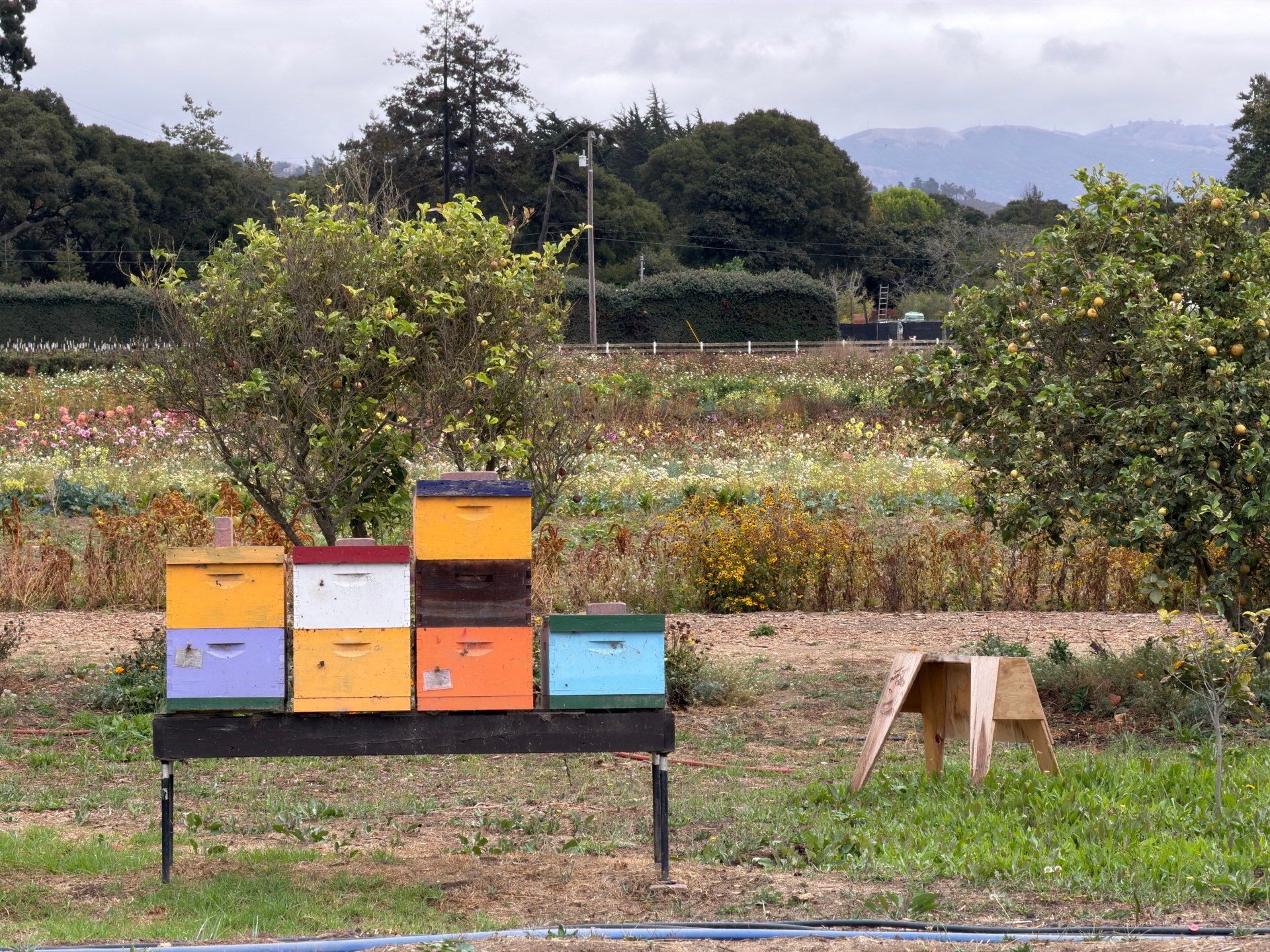If you are not immersed in the world of bees, the term apiary may be a mystery. Beekeepers quickly become familiar with the concept and its immense value to caring for bees. Understanding why apiaries are beneficial and how to start one can be valuable information for those considering urban beekeeping. Although cities may be overrun with bees, suburban and rural areas often have the space and options to start an apiary and provide an ideal environment for bees to thrive.
Planning An Apiary
Although seemingly oversimplified by Webster’s Dictionary, an apiary is much more to beekeepers than a place where bees are kept. Some beekeepers call these designated spaces bee yards, but they are the same thing and serve the same purpose. An apiary can house up to 100 beehives. This area is easier for beekeepers to manage and allows them to keep tools and equipment in a central location, conveniently accessible to their apiary. A beekeeper’s role is continual as they monitor hives, identify threats and diseases, and harvest honey from honeybees. Although the tasks change with the seasons, beehives still require care. Beekeepers may differ in their views on intervening in the lives of bees, but beekeepers with multiple hives will establish an apiary on their property.
Considerations for Apiary Placement
Depending on location, available space, and climate fluctuations, several factors should be considered when planning where to place the apiary. How close neighbors are is something responsible beekeepers need to think about when setting up beehives and an apiary. Although we all need bees, not everyone wants them close to their property line. Additionally, if a property backs up to a public area, such as a park or trail, these factors must be part of the conversation. One of the most important things to consider when planning for an apiary is having access. Because beekeepers must regularly check frames and hive health, if the hives are difficult to reach, it can become problematic. As hives grow, they can become too heavy to move easily, so finding a location that can work throughout the seasons is ideal for the bees and the beekeeper. Loading a hive into a wheelbarrow during a snowstorm is a task nobody will enjoy.
Pesticide Spraying
Pesticide sprays and treatments within the range of an apiary can lead to unnecessary bee deaths and the devastation of colonies. If a property is near a farm or crops that are likely to use pesticides, those pesticides will affect the bees. Often, spraying occurs along roads as trucks disperse the chemicals on either side. If this happens in your area, avoid placing the apiary near the roadside.
There is no perfect space for an apiary, but beekeepers overcome the challenges and find what works best for their bees.
Foraging Resources for Bees in Flight
Along with an apiary, beekeepers should plan to place water sources in the bees’ flight path. Bees forage using the same flight and the same resources until they must move elsewhere. This means it is possible to plant flowers and nectar sources along the flight path to make resources readily available to bees in the apiary. Apiaries should not be placed near a pool because they can’t swim. If there is no freshwater source for them, they will end up in the pool. It is not possible to completely control bee behavior because they are wild. However, ensuring bees have what they need without crossing a neighbor's property line is the most respectful way to place an apiary. Bee poop, the yellow splotches on your car, can become annoying for anyone not choosing to live best to a beekeeper. Bees are not lazy. They are intelligent in finding the closest available resources. They will only go as far as they need to.
Designating a space for beehives is a sound way to ensure hive health and access to the hives. A flat location, with hives leveled and secure, is critical for sustained colony health. An apiary is a sanctuary for bees, as they return from foraging and become familiar with their surroundings. Using pallets for hives makes moving them much easier if necessary. Although the responsibilities of beekeepers may seem great, so is the reward. The best beekeepers tend to see the needs of their apiaries before they ever decide to place the hives.

Get help with your beehive or bee swarm removal! Call Today 760-224-3040 Or 951-265-8292!
Essential Apiaries for Bees and Beekeepers
Apiaries are an essential part of a beekeeper’s life as they dedicate their open space to being the best home possible for their bees. Areas with extreme weather must also consider that hives can be incredibly difficult to move once they begin to grow and thrive. If you are new to beekeeping or have questions about apiary placement and other beekeepers in your area, contact Dave at D-Tek Live Bee Removal. Local knowledge is power, and collaborating with others in the region benefits the bees. You can call D-Tek anytime at 760-224-3040.
